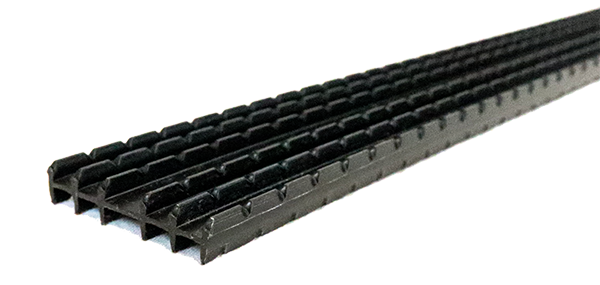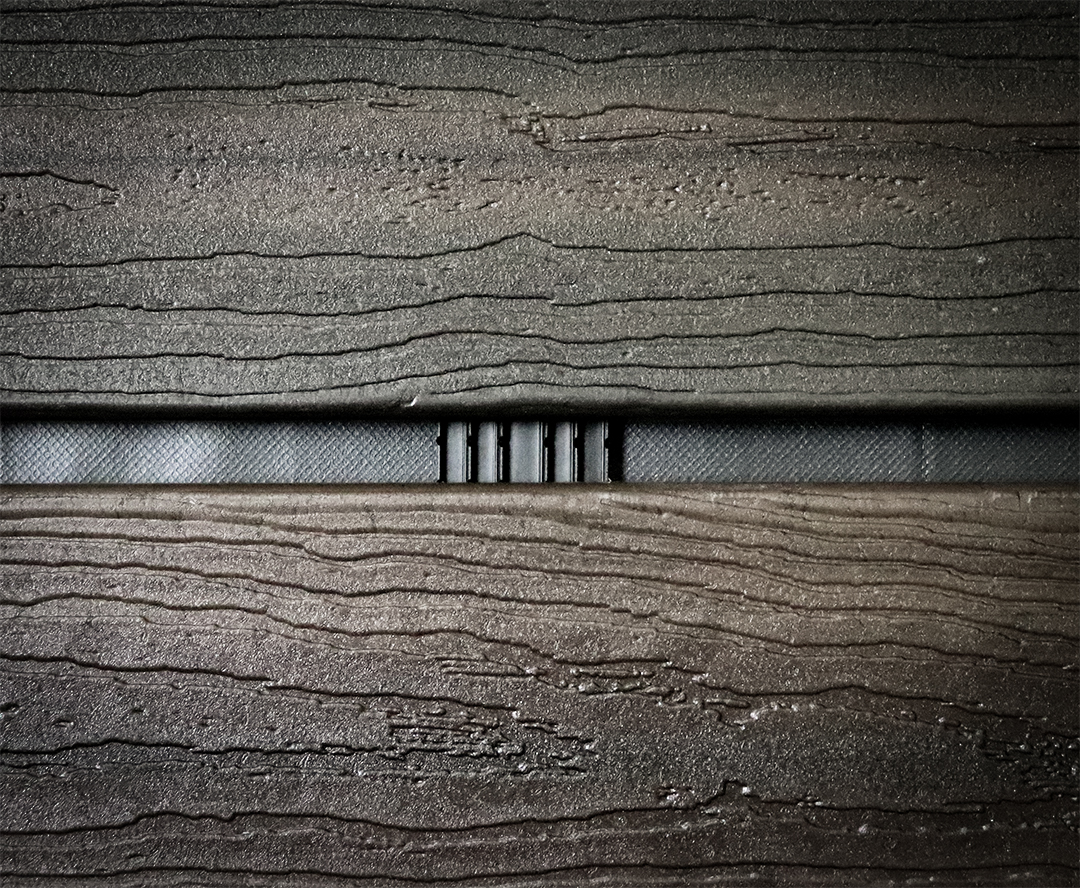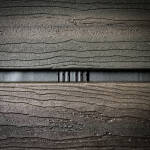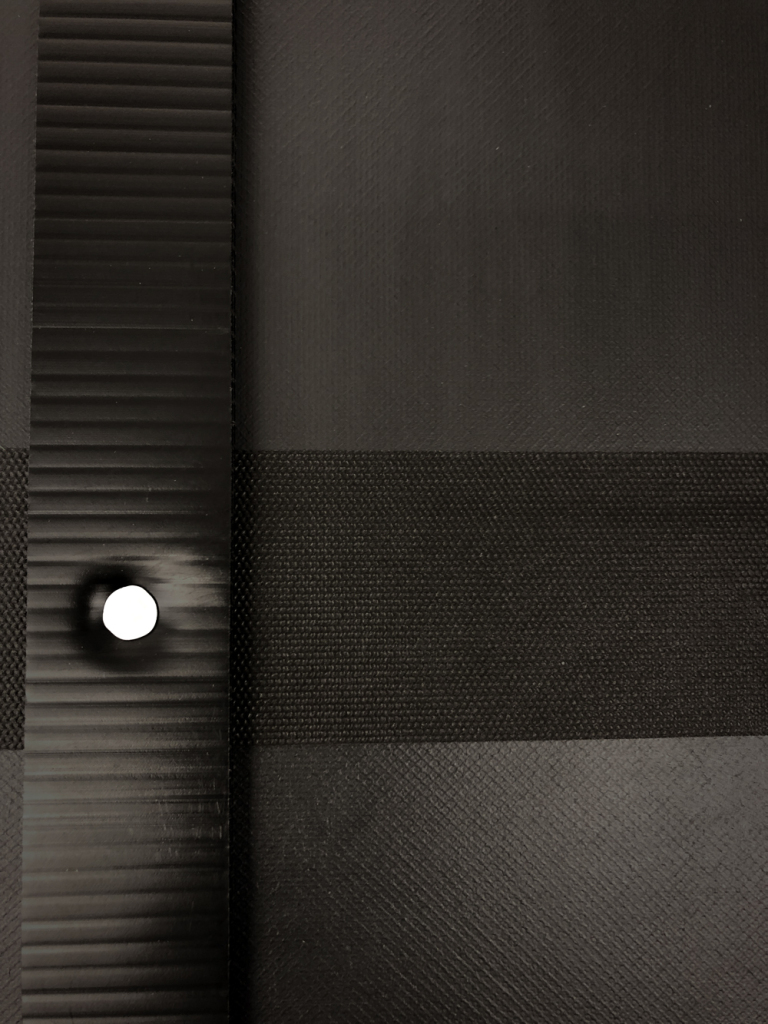Batten UV
Batten UV is designed to be UV stable and performs excellently in all open joint cladding applications. The compression-resistant design is ideal for supporting the installation of various claddings, including composite decking used as a siding material.
The notched design provides multi-directional airflow and drainage for open joint cladding rainscreen applications, ensuring the wall cavity stays dry. Batten UV boasts a compression resistance that’s on par with traditional wood furring strips; however, because it is made with polypropylene, the strips are durable and flexible, even in cold temperatures, and aren’t susceptible to moisture and rot like wood furring strips.
Batten UV Performance Features
- Rated UV stable for open joint applications
- Offers compression resistance on par with traditional wood furring strips
- Does not compress in screw-fastened applications of composite ‘decking as cladding’
- 8-foot lengths for easier and faster installation (400 linear feet per carton)
Tips for Installing Batten UV with Open Joint Cladding
- Batten UV strips are a great way to hide cap fasteners when installing a rainscreen system
- You should install the Batten UV strips with a 3/8-inch space between each strip to allow for a natural expansion and contraction without compromising the wall assembly protection
- Batten UV can be installed both horizontally and vertically, whichever is best to fit the aesthetic of your open joint siding direction
At Benjamin Obdyke, we stand behind all our products, which is why we have warranties that cover performance. Scroll down to check out the warranty information for Batten UV. If you want to know more about what goes into a UV-rated moisture management system, check out this blog.
Thickness (size of gap)
.375 in
Width
1.75 in
Length per batten
8 ft
Max. UV exposure
UV Stable
Composition
Polypropylene









